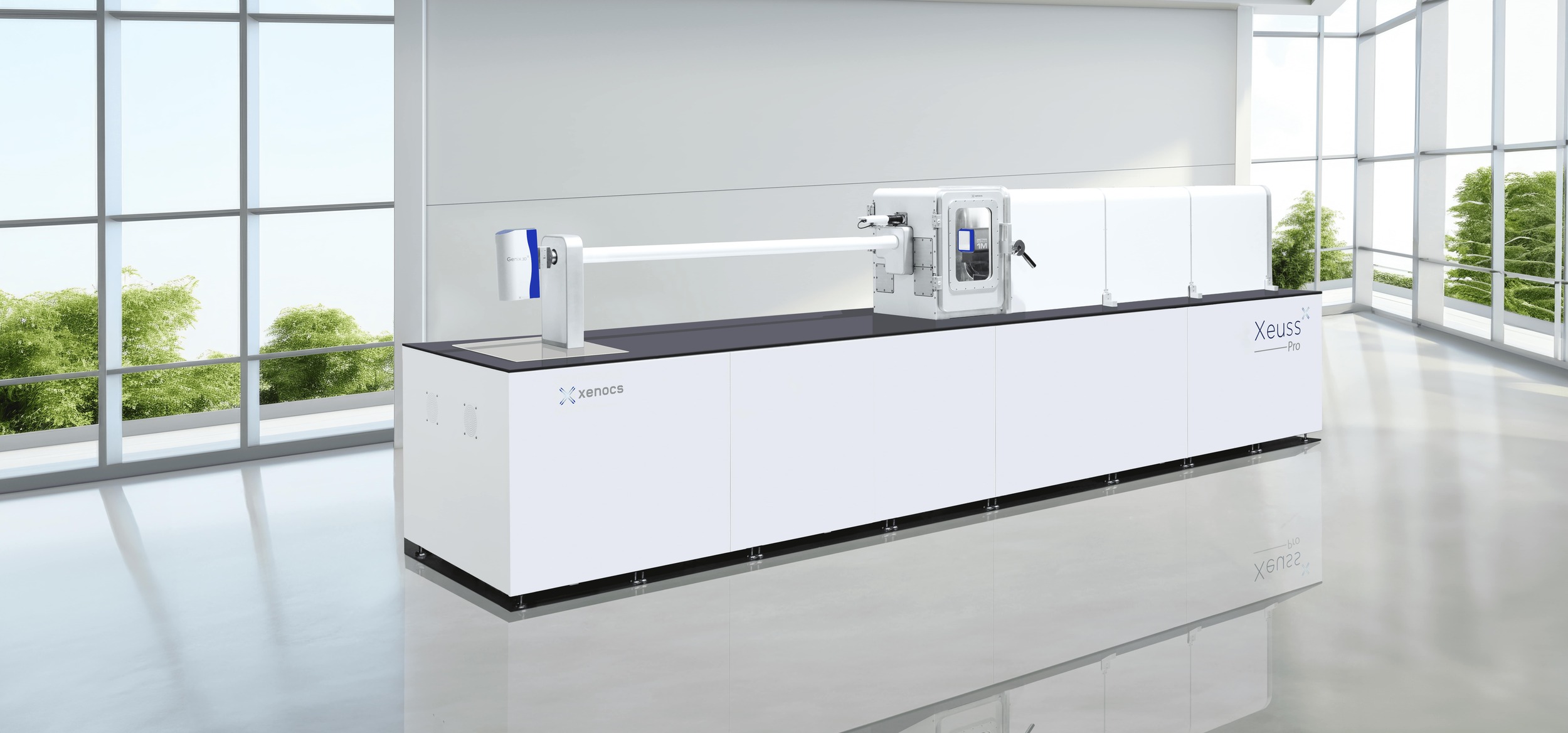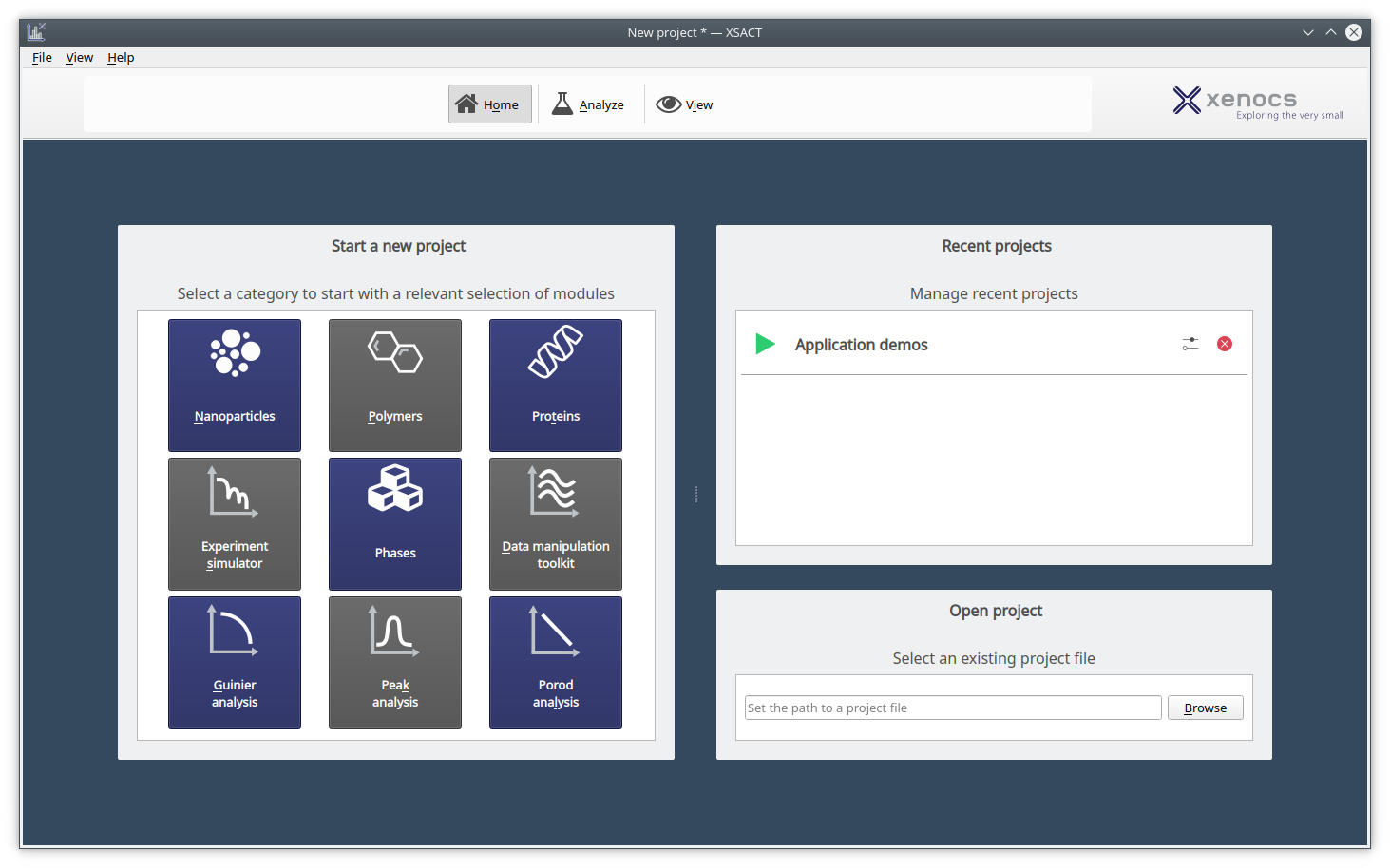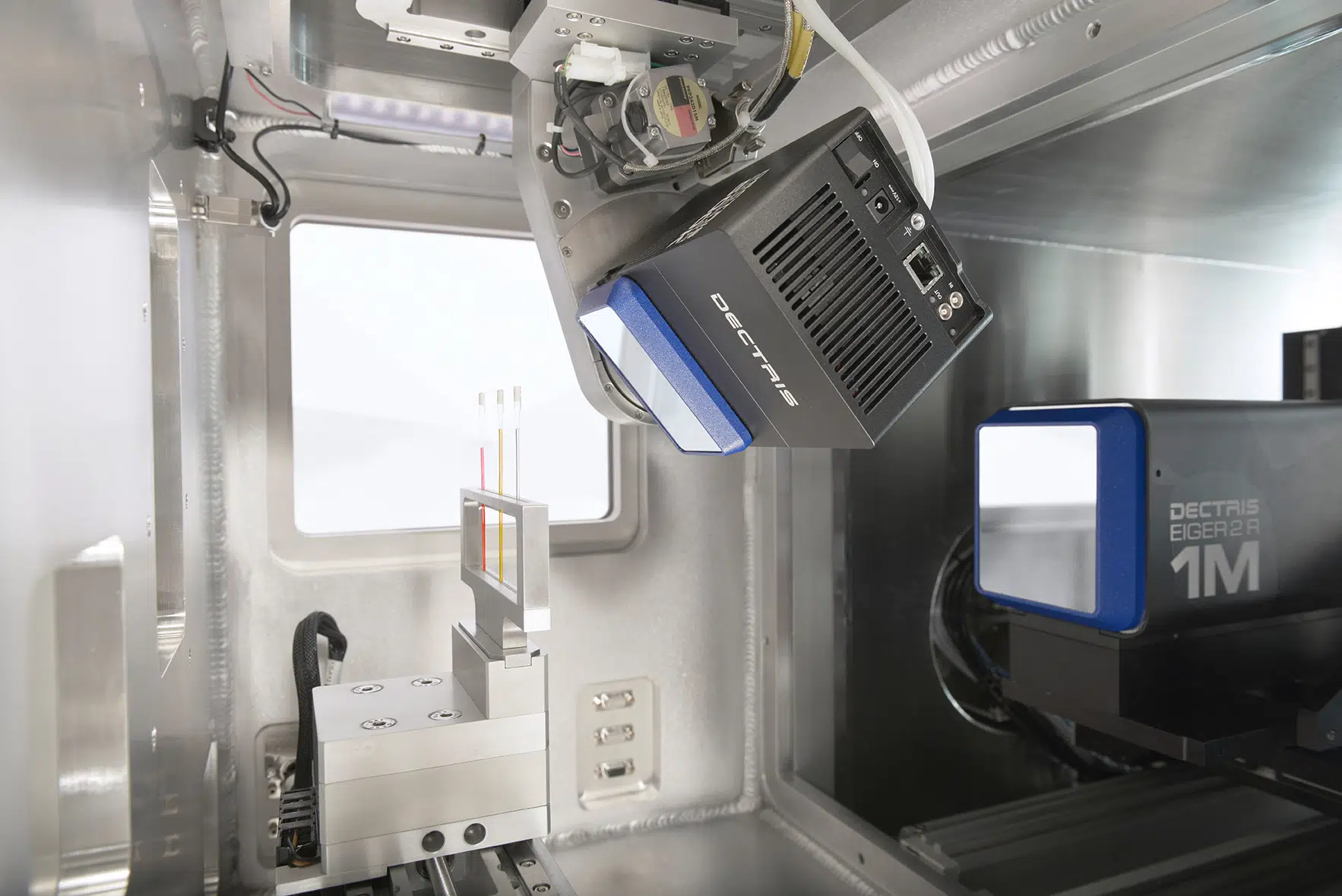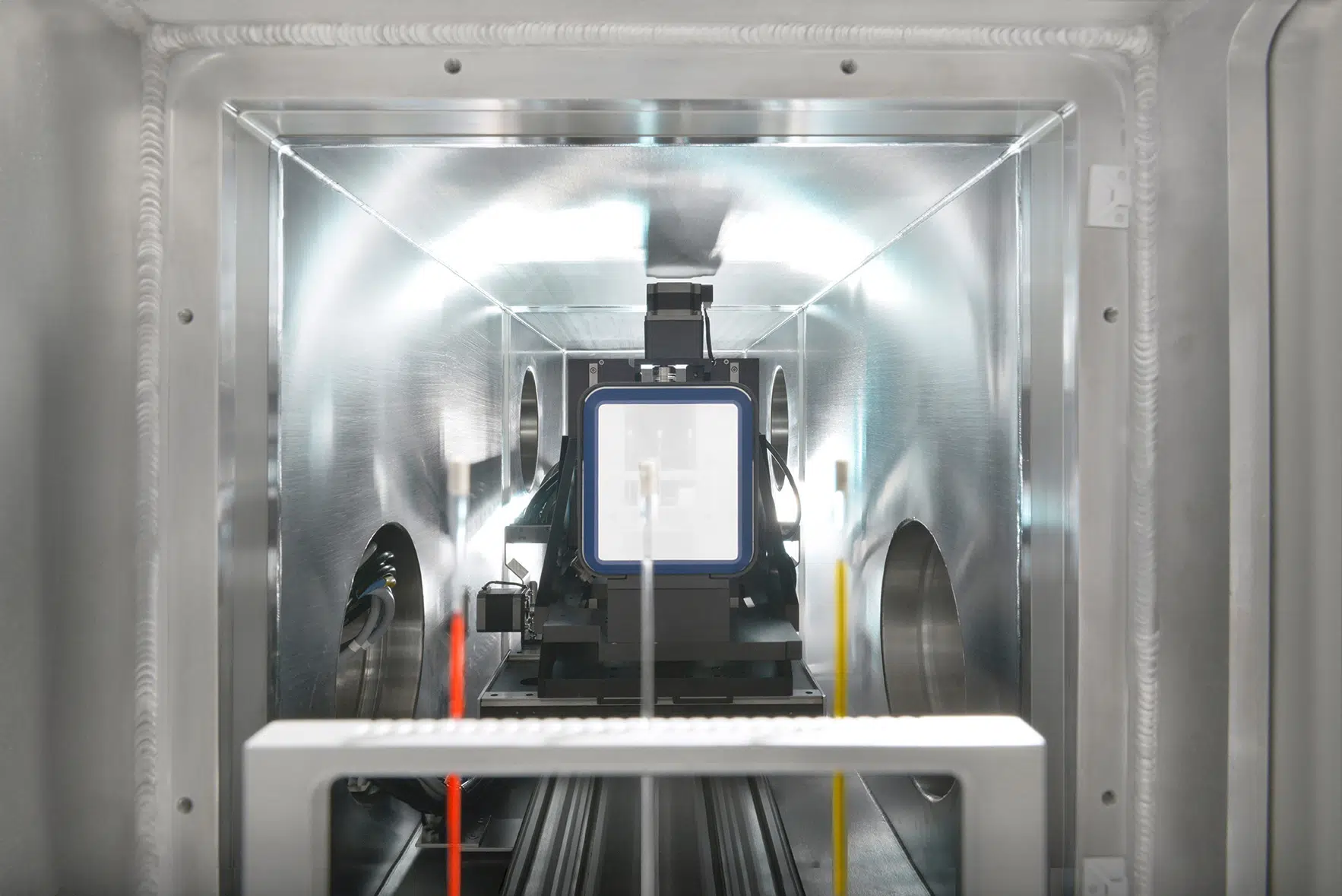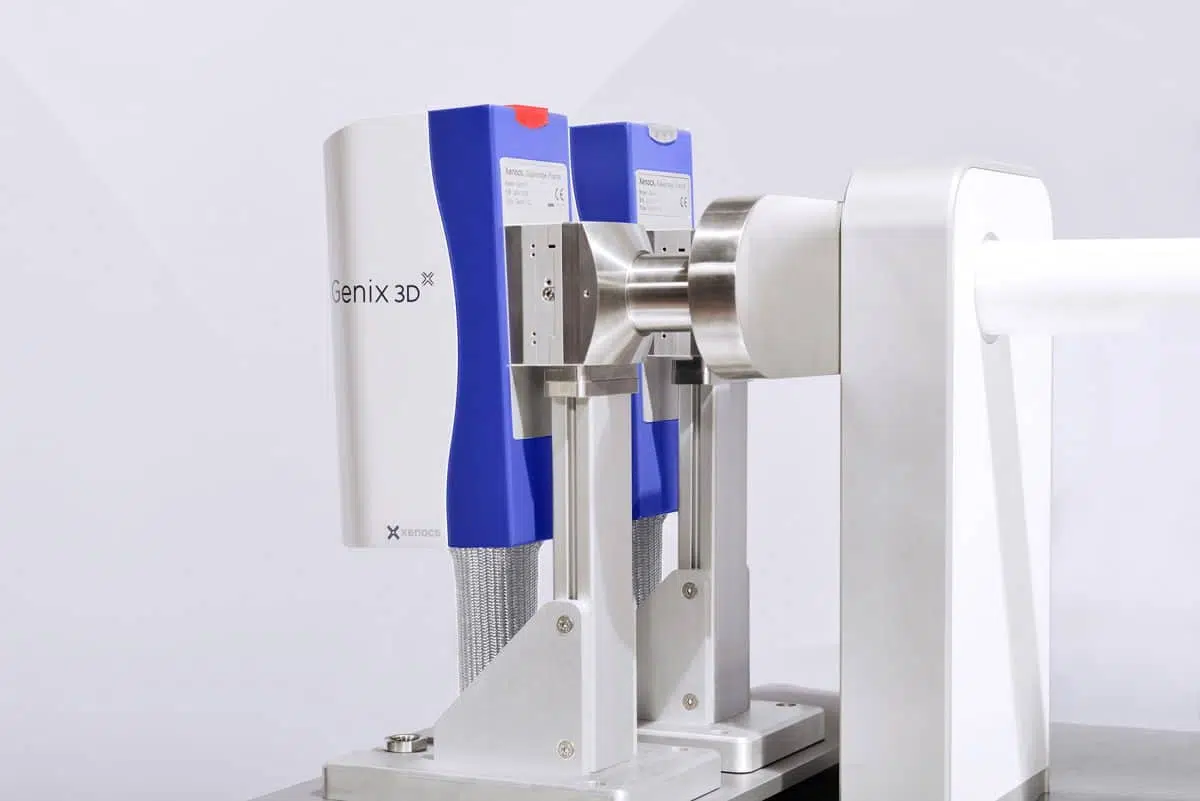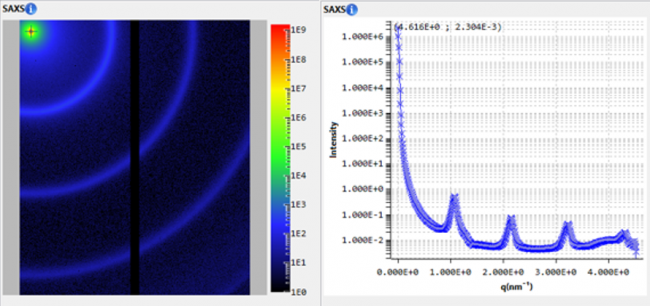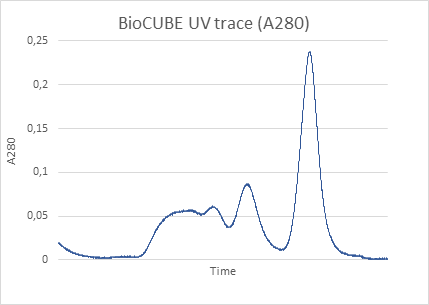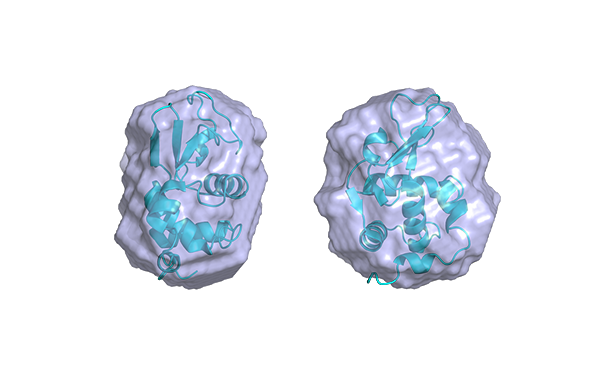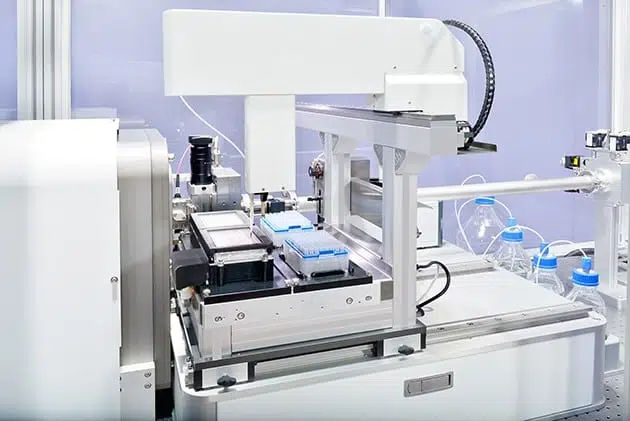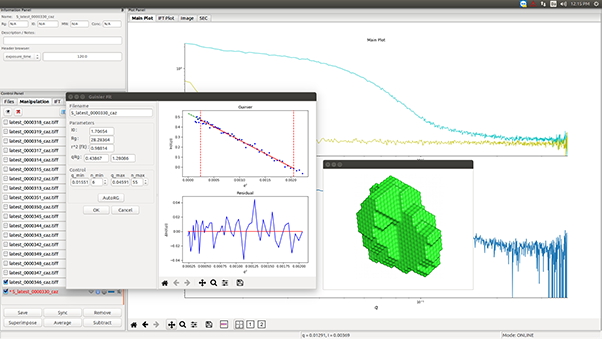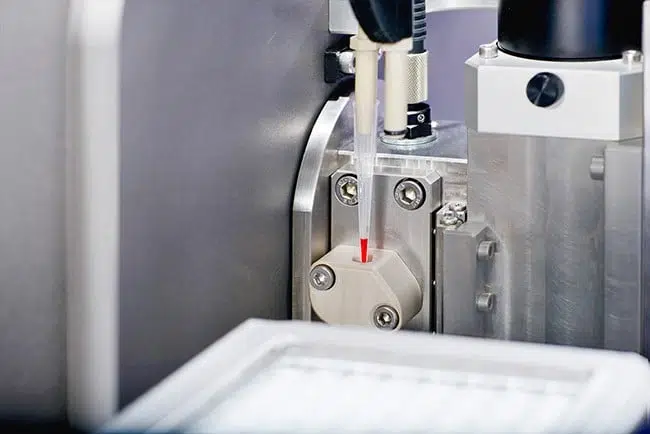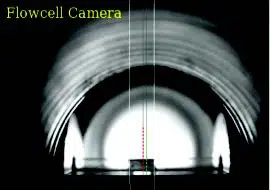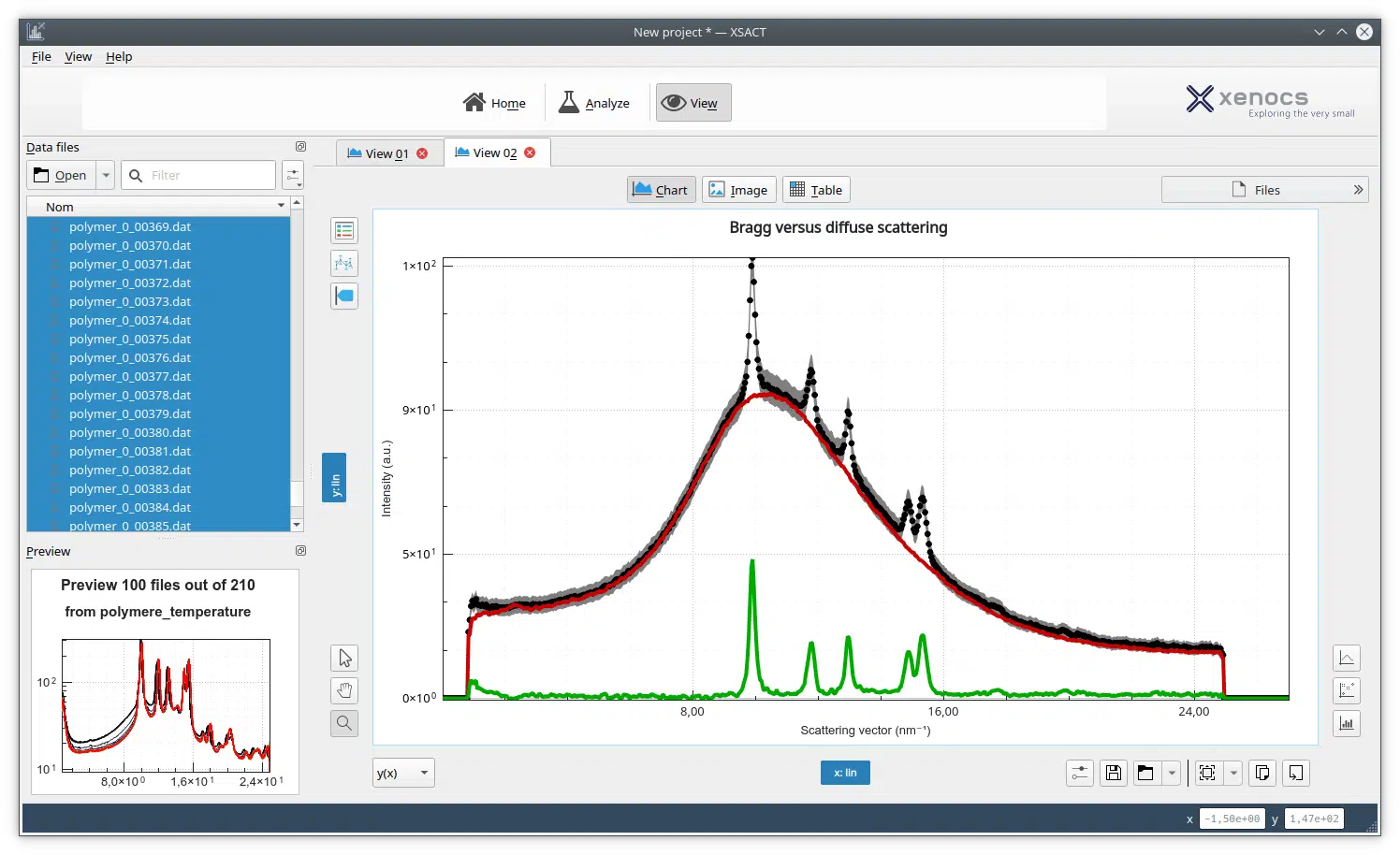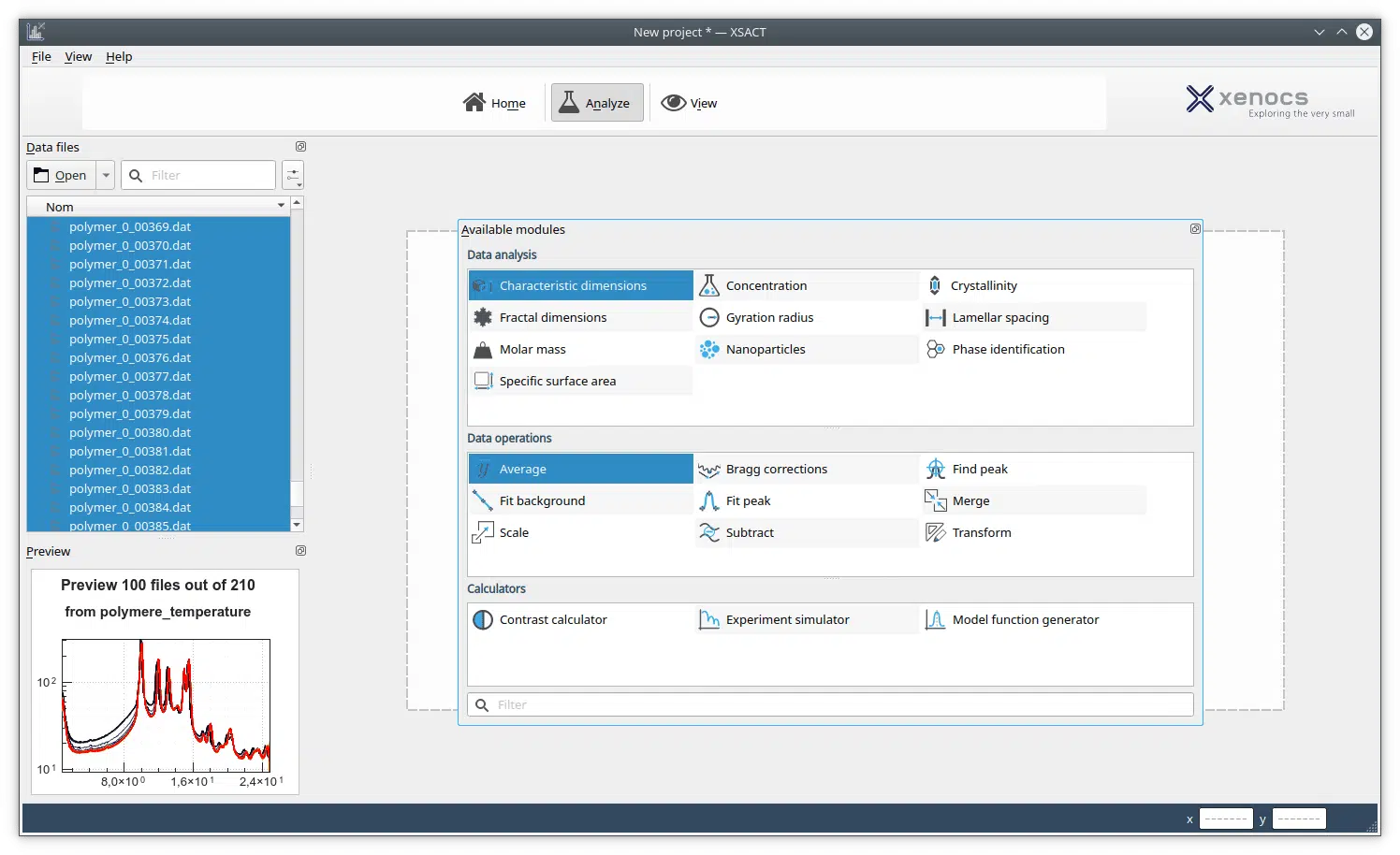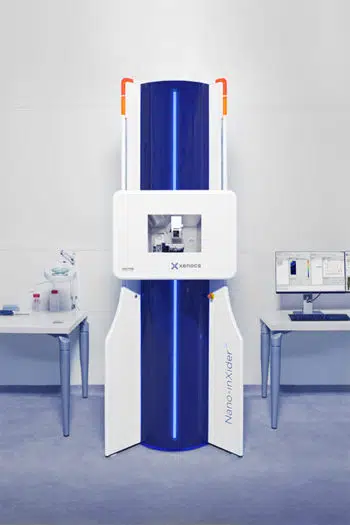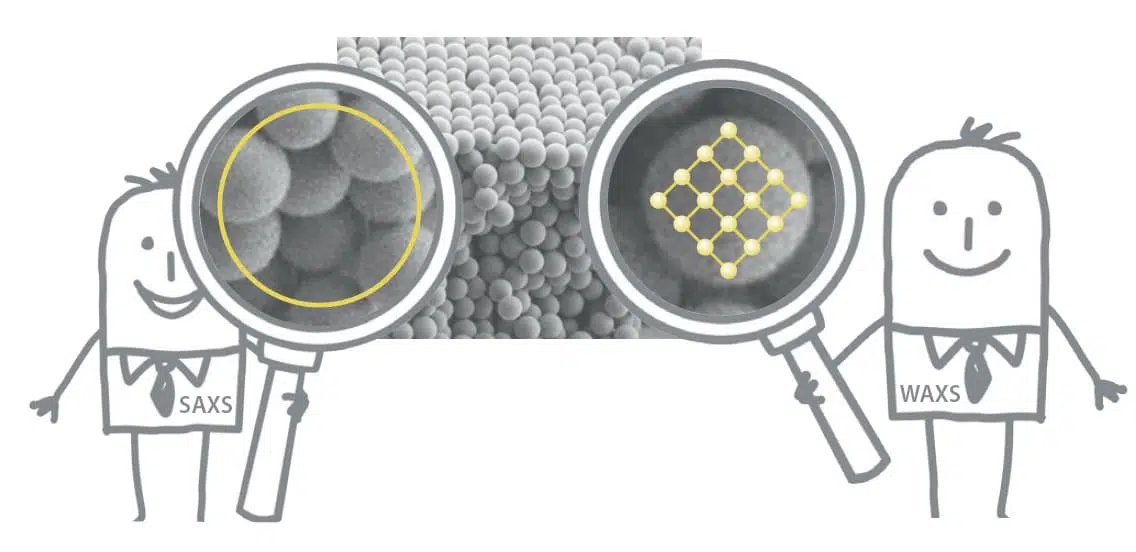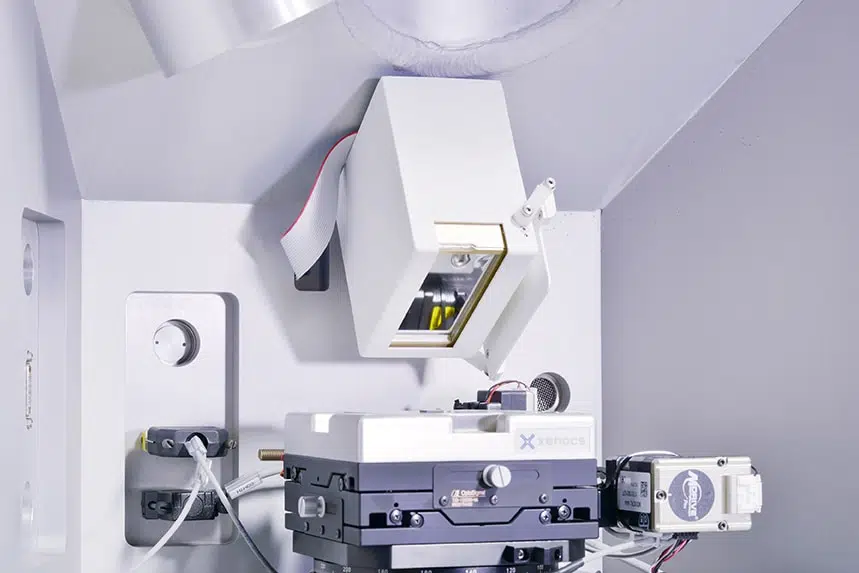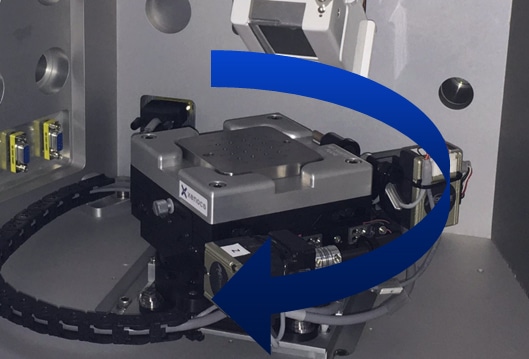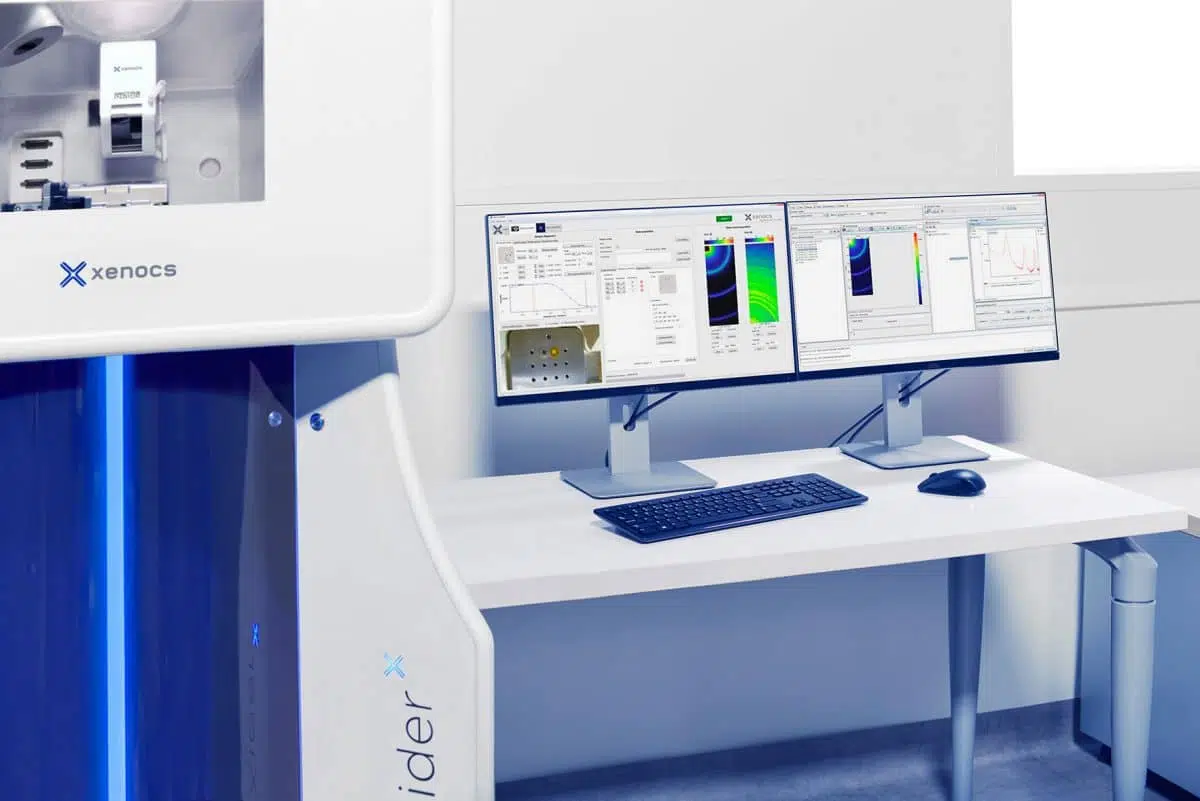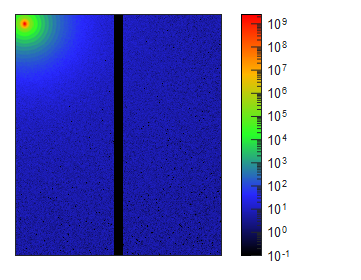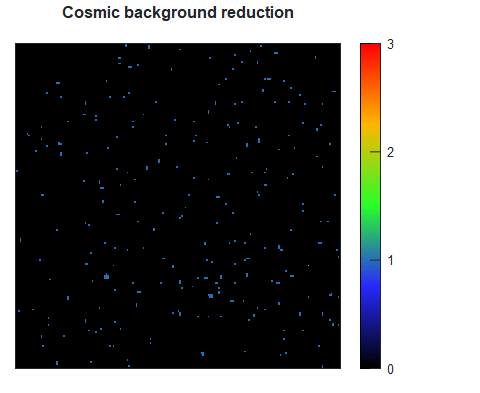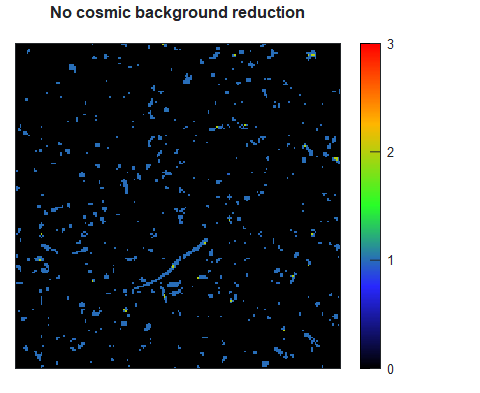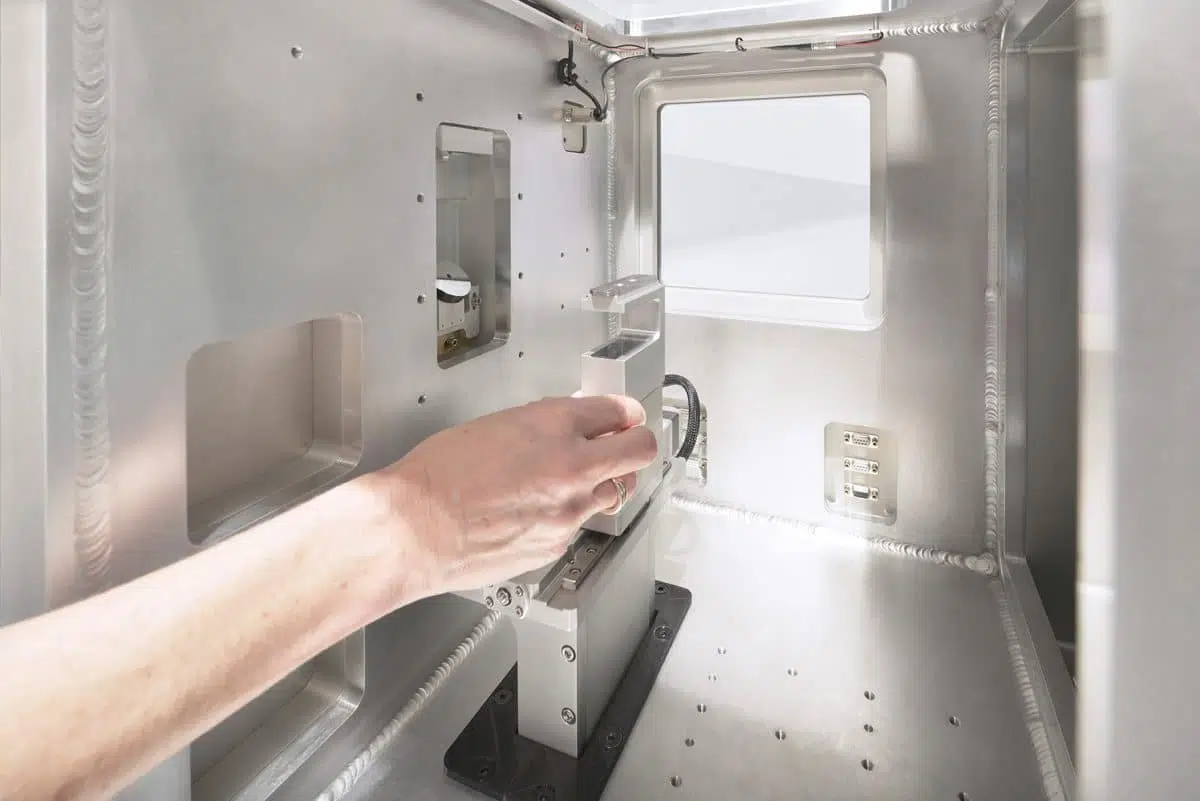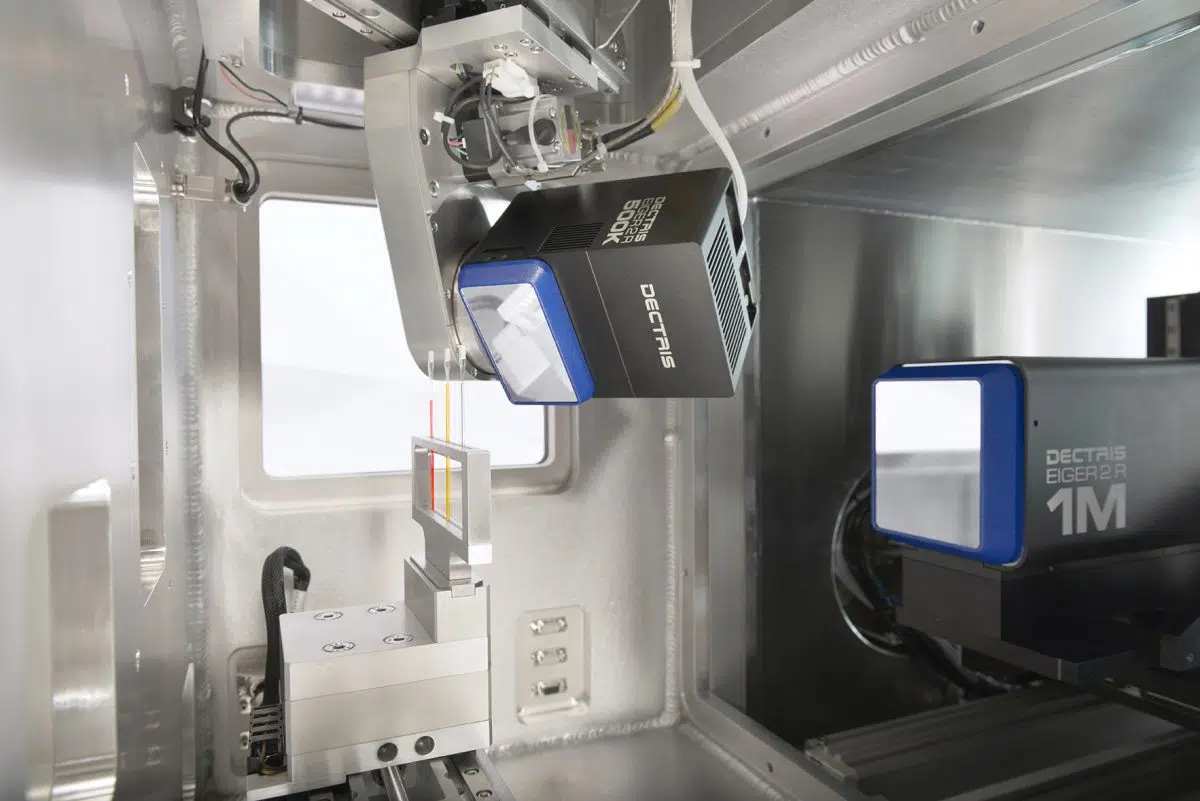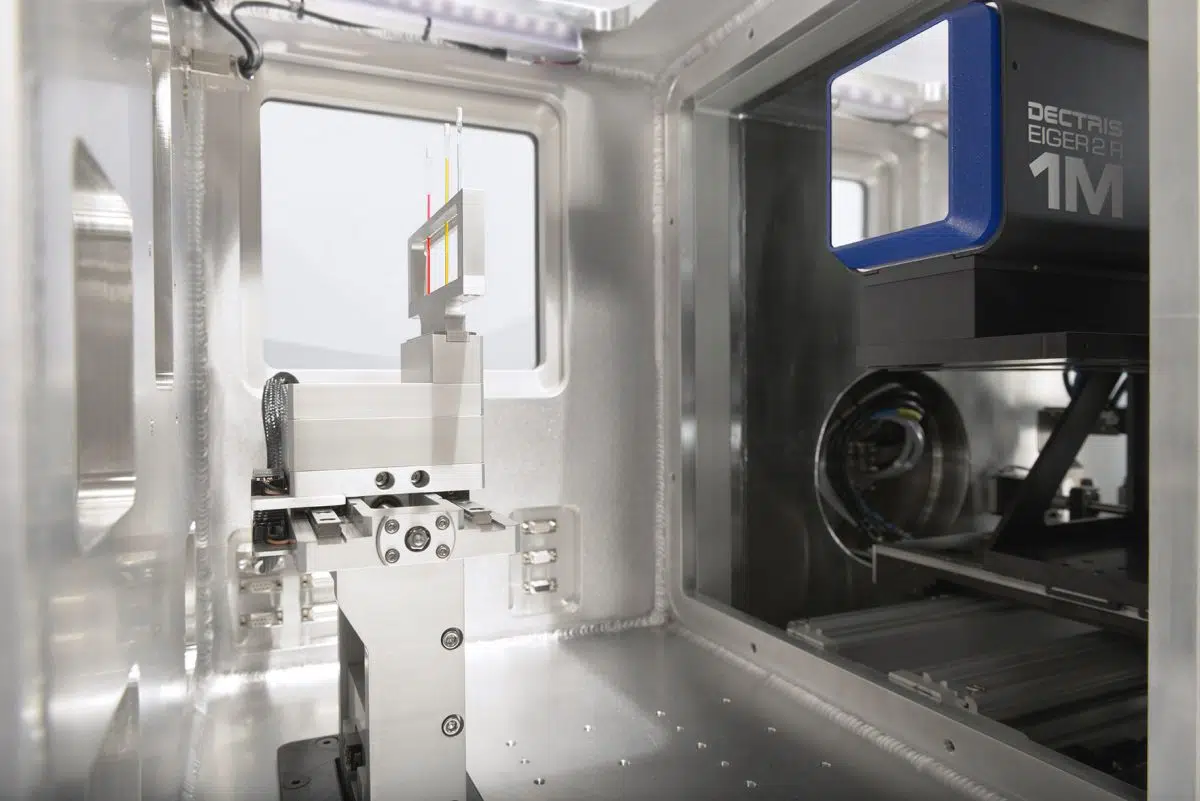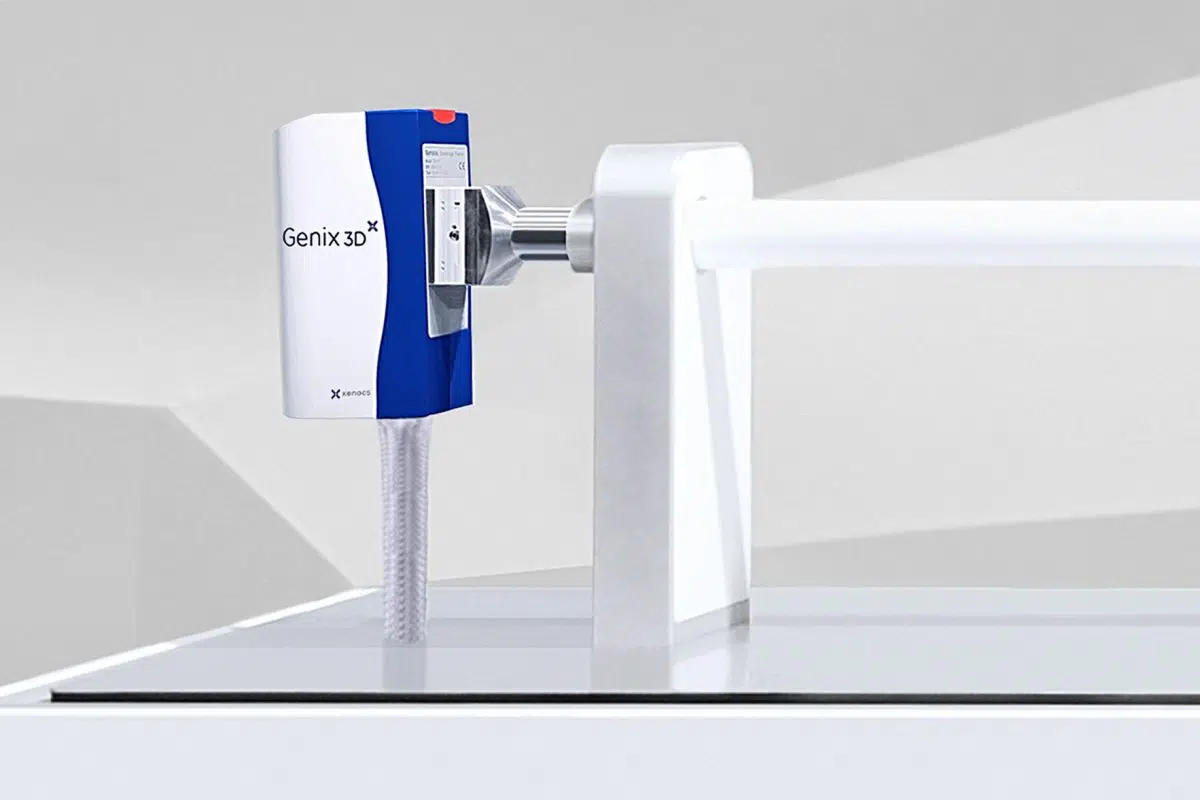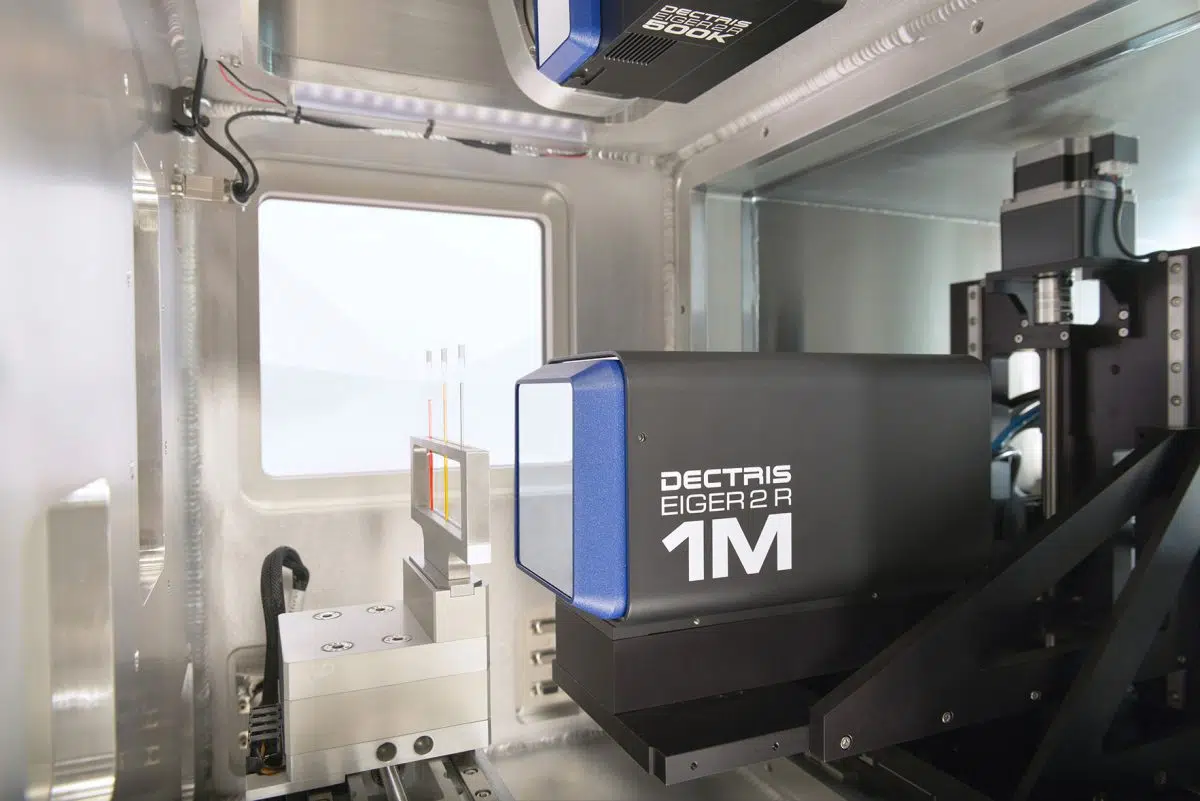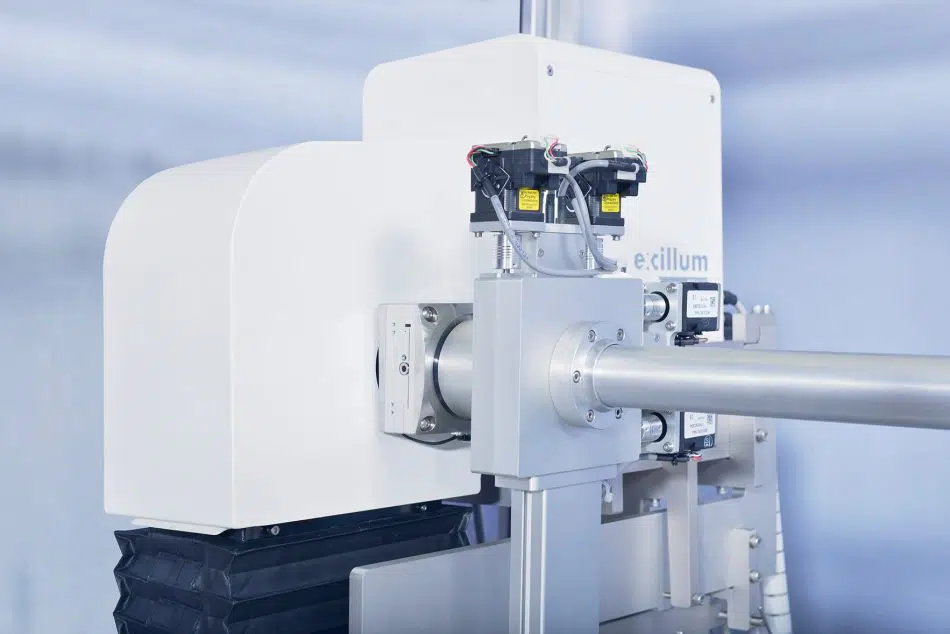The X-ray Diffraction and Surface Analytics Facility at the Ecole Polytechnique Fédérale de Lausanne (EPFL) in Switzerland has recently integrated the Xeuss 3.0 SAXS/WAXS Instrument. This new instrument quickly evolved into a versatile multi-user platform. It supports a diverse range of research teams and applications, from materials science to biophysics. Dr. Pascal Schouwink highlights how the instrument has enhanced their analytical capabilities in understanding the structural properties of various materials.
Adapting to Diverse and Evolving Research Needs of a Multi-User Platform
Firstly, the exceptional flexibility of the Xeuss 3.0 SAXS/WAXS instrument is a key advantage, as emphasized by Dr. Pascal Schouwink. Indeed, at EPFL, this cutting-edge SAXS system has become the ideal solution for a dynamic, multi-user research environment. Supporting approximately 15-20 researchers across 7 groups with diverse projects, the Xeuss stands out for optimizing productivity across various experiments.
“The philosophy behind the instrument perfectly matches a multi-user environment and easily allows for optimizing productivity in virtually any type of experiment one wishes to undertake.” explains Dr. Pascal Schouwink. Its design accommodates multiple simultaneous projects and is future-proof, ready to adapt to evolving and unforeseen research needs.
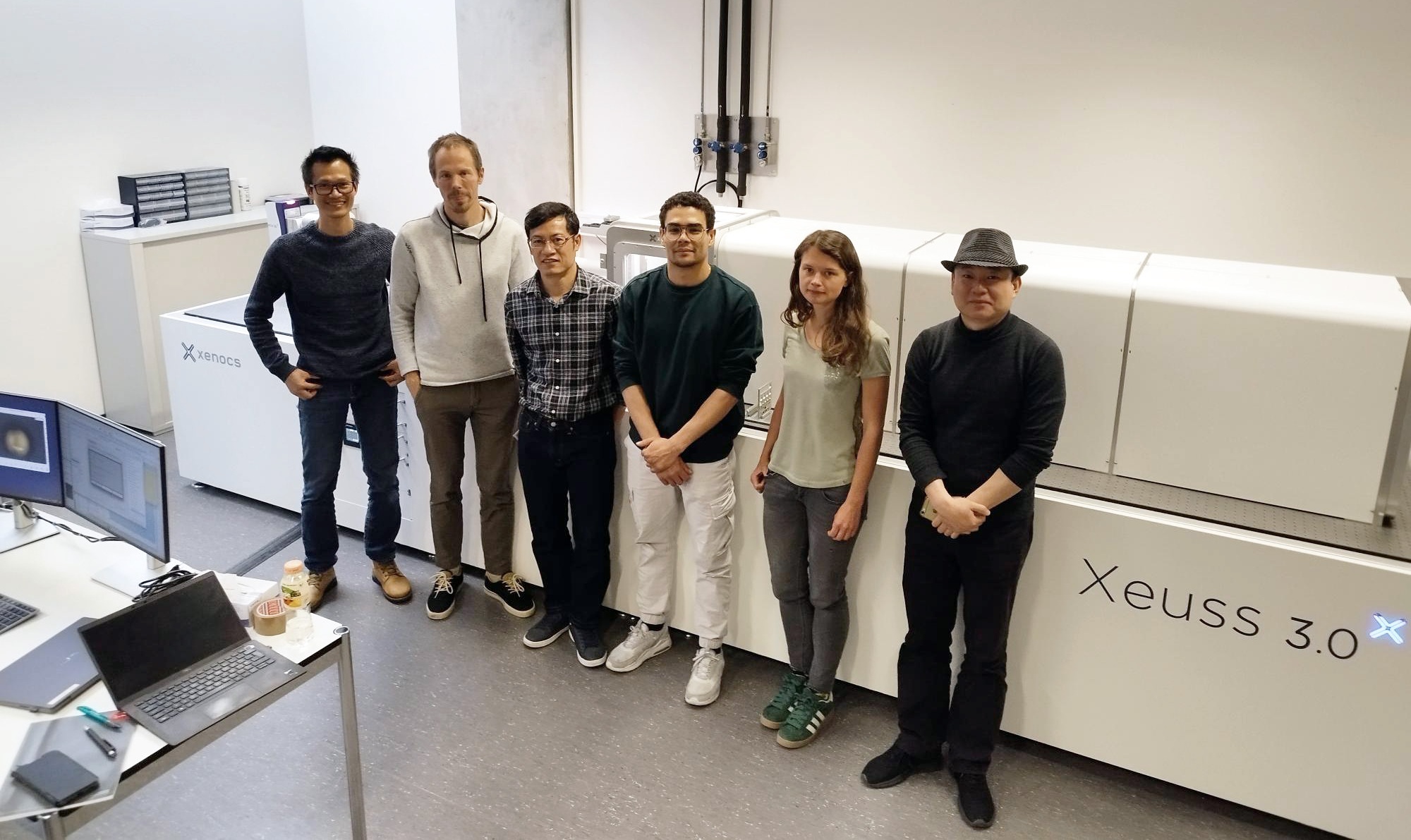
From left to right: Dr. Tra Nguyen, Dr. Pascal Schouwink, Dr. Quy Ong, Matteo Darra, Sophia Thiele, Dr. Wen Bi
One of the key features highlighted is the ease of configuration changes, allowing for a wide range of detector distances. The system also includes automatic beam centering, simplifying the setup process. Additionally, its unique beamstop-free design, combined with an in-vacuum windowless detector, enables data acquisition in absolute intensity. Dr. Schouwink emphasizes, “Beamstop-less measurements are a revolution. Once you start measuring without a beamstop, you will never want to use one again.”
Dr. Schouwink also emphasizes the system’s ability to deliver highly reproducible data. He describes it as “much more reproducible than several other commercial and home-made lab instruments we have been measuring on.” Its exceptional control and traceability of components are invaluable in multi-user environments, ensuring smooth operation across varying levels of expertise. The Xeuss offers a clean, intuitive interface with clearly defined interaction levels. It seamlessly caters to both novice users seeking simplicity and experienced researchers requiring in-depth control. “As users we clearly sense and appreciate the synchrotron DNA of the Xeuss,” concludes Dr. Schouwink.
Expanding Horizons: A Broad Spectrum of Applications
At EPFL, the Xeuss supports an impressive variety of research projects. This reflects the facility’s dynamic, multi-disciplinary environment as well as the instrument’s versatility. Currently, the main application is the study of microstructure and texture in polymers and soft matter, both ex-situ and in-situ.
- The colloidal synthesis of core-shell nanoparticles
- Porosity studies of metal-organic frameworks
- GIWAXS experiments on perovskite photocells
The instrument’s flexibility extends even further, with upcoming research using contrast variation to investigate RNA carriers.
Dr. Pascal Schouwink summarizes the instrument’s impact: “The spectrum of applications is very broad as a central facility and will certainly broaden further in the near future.” Reflecting on the Xeuss’ capabilities, he adds, “Finally, we are seeing the things we have been trying to look at for many years with less dedicated setups.” This transformative capability ensures that the Xeuss remains at the forefront of cutting-edge experimentation, opening new pathways for discovery.
About the X-ray Diffraction and Surface Analytics Facility, EPFL
The X-ray Diffraction and Surface Analytics Facility at the École Polytechnique Fédérale de Lausanne (EPFL) is a central facility with laboratories spread across two campuses. Currently serving nearly 400 users, the facility’s main mission is to provide comprehensive solid-state characterization, both in situ and ex situ, for bulk materials, thin films, and surfaces. Its goal is to offer structural and electronic information ranging from atomic to nanoscopic scale. To achieve this, the facility employs a wide array of X-ray scattering methods, as well as electronic and optical spectroscopies and surface microscopies. The addition of the Xeuss 3.0 SAXS/WAXS Instrument has been a crucial step, bridging the gap and enabling structural characterization at the nano-regime.
Contact: Dr. Pascal Schouwink, [email protected]
